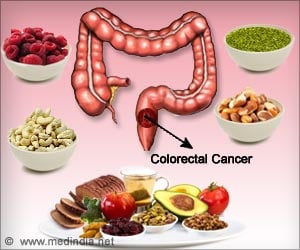To minimize the inhalation of air pollution, cyclists and pedestrians should resort to an optimal cycling and walking speed.

- The minimum-dose speeds (MDS) for different age groups for cycling and walking has been identified.
- The MDS for cyclists is between 12-20 kilometres per hour.
- The MDS for pedestrians is 2-6 kilometres per hour.
- The MDS will ensure that exposure to pollutants is for shorter period, thus minimizing the effects of air pollution.
For female cyclists under 20, the ideal speed linked to the least pollution risk is 12.5 kilometres per hour on average on a flat road.
For male cyclists in the same age group, it is 13.3 kilometres per hour.
Ideal travel speeds were at 13 and 15 kilometres per hour for female and male cyclists in the 20-60 age group.
Female and male pedestrians under 20 years old should be walking at speeds around 3 kilometres per hour, while their older counterparts should look at reaching at least 4 kilometres per hour, to breathe in the least amount of pollution over a trip. Bigazzi also computed these ideal travel speeds for other road grades.
The findings, which build on Bigazzi's recent research on the high amounts of toxic chemicals absorbed by cyclists on busy city streets, are described in a paper published recently in the International Journal of Sustainable Transportation.
Source-Medindia















